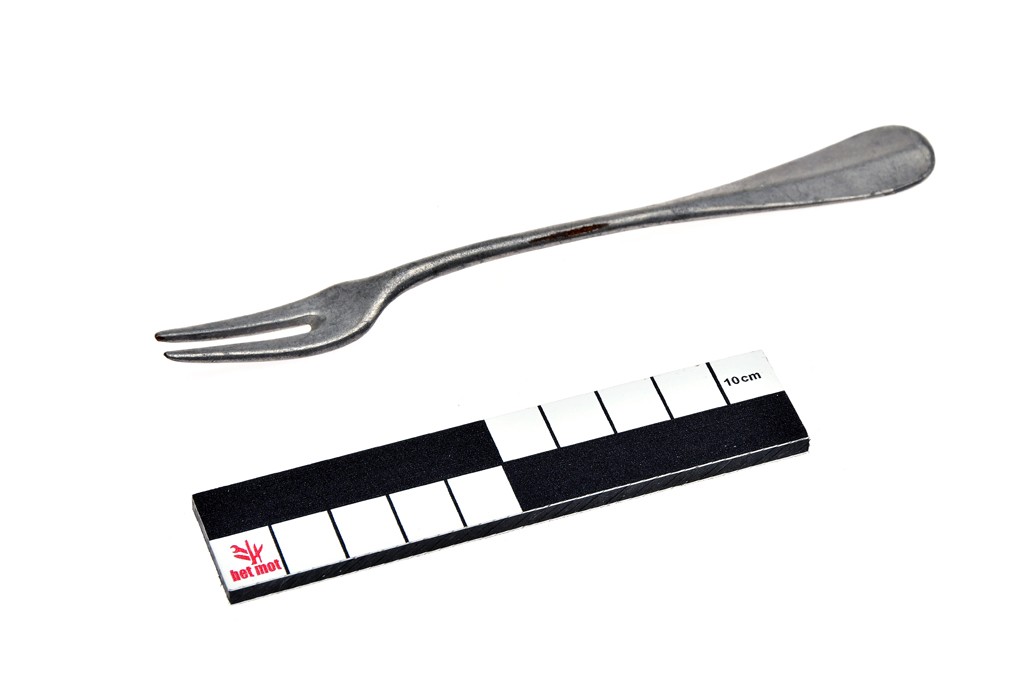Research
Search our website
Search our website by entering a keyword or choose a database above to search specifically.
Search
Showing search results 4,311 - 4,320
14,514 results found

Skinning knife
The skinning knife has a sturdy, saber-shaped blade attached to a wooden or
plastic handle. The cut is rounded upwards, which makes the cutting surface
larger. With the skinning knife it is possible to separate the skin in one
piece from the meat. The skin is pulled away from the flesh and the knife
is drawn over and over again along the thin membrane between flesh and
skin. [MOT]

Sledgehammer
The sledgehammer is a heavy hammer (between 2 and 12 kg) with wedge-shaped
peen, which in some cases lies in the same plane as the handle. The handle
is long (approx. 60 to 100 cm) so that it can be gripped with both hands to
hit with great force. The sledgehammer is used by the blacksmith for heavy
forging work; many other professions use it too, such as the quarry worker.
When the blacksmith works with one or more helpers, he uses a forging
hammer to indicate where to strike. The helpers then each handle a
sledgehammer to do the actual forging work. [MOT]

Skimming scoop
Use a skimming scoop to wipe off the excess foam from a tapped pint. It is
a flat, elongated (approx. 20-25 cm), light (approx. 50 gr), full metal
plate with a narrower handle. The skimming scoop is used to stroke the edge
of the glass in order to obtain a smooth, level foam layer. [MOT]

Skew chisel
Chisel with one bevel at an angle to the axis of the tool and not
perpendicular as with the regular chisel. The skew chisel makes it easy to
work in the corners. Especially the joiner and wood engraver use this
relatively rare chisel. The tool can be distinguished from the hook and
side tool which has two bevels. [MOT]

Slate splitting chisel
This text can only be consulted in Dutch
<https://www.mot.be/resource/Tool/slate-splitting-chisel?lang=nl>

Skimmer
This text can only be consulted in Dutch
<https://www.mot.be/resource/Tool/skimmer?lang=nl>

Side rabbet plane
This text can only be consulted in Dutch
<https://www.mot.be/resource/Tool/side-rabbet-plane?lang=nl>

Snail fork
This text can only be consulted in Dutch
<https://www.mot.be/resource/Tool/snail-fork?lang=nl>

Snow saw
About 50-60 cm long and about 5 cm wide saw with usually very large teeth
(1) - compare with the frozen-food knife - with which snow blocks are cut
to build an igloo. The length of the hand tool is decisive for the size of
the blocks that can be sawn; the width to be able to exert enough force
when loosening those blocks (2). Not infrequently, the snow saw is made
yourself (3). [MOT] (1) Although long knives without teeth are also used.
(2) HAGEN: 56-59. (3) For example PRATER: 82: "use a piece of tempered
aluminum alloy about 1/8-inch thick, 2 inches wide and 26 inches long.
Attach a wooden handle to one end, leaving 20 inches for the cutting blade.
Hacksaw serrations in it for the cutting teeth."

Slater's stake
The slater's stake is a tool for cutting slates to size. It has a sharp
straight edge at the top and a sharp point at the bottom that can be
hammered into the roof boarding. The slate is placed on the sharp top and
cut off with the roofer's hammer. There are different models: round,
triangular, rectangular, straight, curved. The straight models are made
entirely of metal and have no handle, while the triangular models have a
wooden handle. [MOT]








